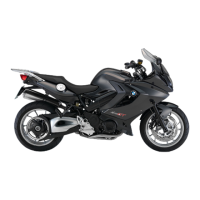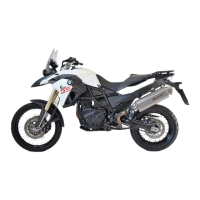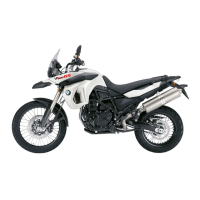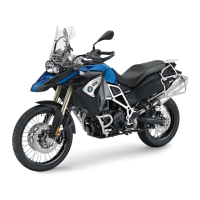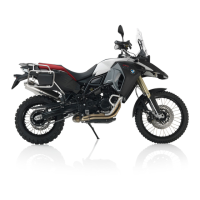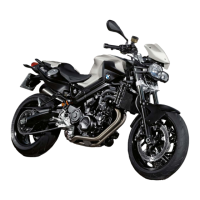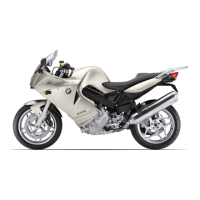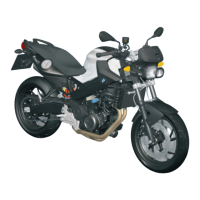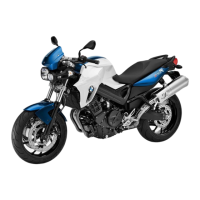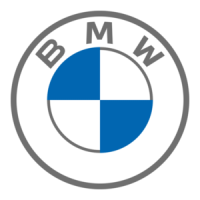Do you have a question about the BMW F 800 GT and is the answer not in the manual?
Details the layout and functions of the motorcycle's instrument cluster.
Explains the meaning and function of various indicator and warning lights on the instrument panel.
Describes the main digital display, its readings, and functions.
Provides an overview of potential warnings and their associated symbols and meanings.
Explains how to use the ignition key for starting, locking, and accessing other functions.
Describes the function, activation, and deactivation of the ASC system.
Covers essential rider's equipment and load-related safety precautions.
Covers recommended fuel quality, usable quantities, and the refueling procedure.
Explains how the ABS system works, its design, and special situations.
Details the ASC system's operation, design characteristics, and special situations.
Instructions for checking and topping up engine oil levels.
Covers checking brake operation, pad thickness, and fluid levels.
Instructions on how to report vehicle defects that could cause safety issues to NHTSA and BMW.
Outlines the recommended service intervals for various maintenance tasks and checks.
Details the layout and functions of the motorcycle's instrument cluster.
Explains the meaning and function of various indicator and warning lights on the instrument panel.
Describes the main digital display, its readings, and functions.
Provides an overview of potential warnings and their associated symbols and meanings.
Explains how to use the ignition key for starting, locking, and accessing other functions.
Describes the function, activation, and deactivation of the ASC system.
Covers essential rider's equipment and load-related safety precautions.
Covers recommended fuel quality, usable quantities, and the refueling procedure.
Explains how the ABS system works, its design, and special situations.
Details the ASC system's operation, design characteristics, and special situations.
Instructions for checking and topping up engine oil levels.
Covers checking brake operation, pad thickness, and fluid levels.
Instructions on how to report vehicle defects that could cause safety issues to NHTSA and BMW.
Outlines the recommended service intervals for various maintenance tasks and checks.
| Displacement | 798 cc |
|---|---|
| Max Power | 90 hp (66 kW) @ 8, 000 rpm |
| Max Torque | 86 Nm (63 lb-ft) @ 5, 800 rpm |
| Transmission | 6-speed |
| Seat Height | 800 mm (31.5 inches) |
| Curb Weight | 213 kg (470 lbs) |
| Fuel System | Electronic fuel injection |
| ABS | Standard |
| Fuel Capacity | 15 l |
| Front Suspension | Telescopic fork |
| Engine Type | Liquid-cooled, 4-stroke, in-line two-cylinder |
| Front Brakes | Dual 320 mm discs, 4-piston calipers |
| Rear Brakes | Single 265 mm disc, single-piston caliper |

